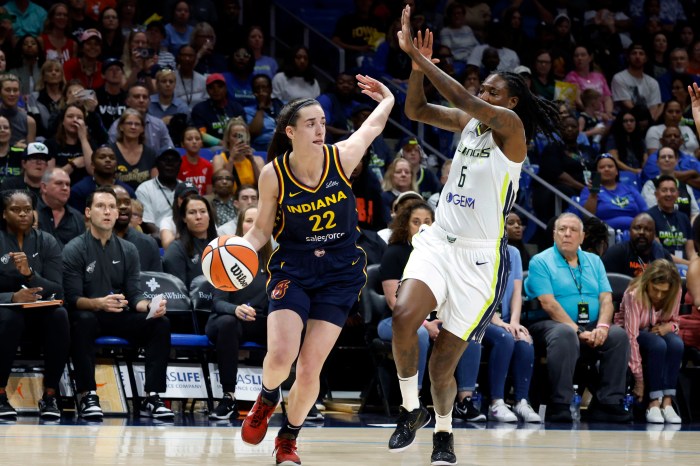No matter how you slice it, MLS has always been a league designed to help Americans win.
I’m not talking about some kind of unfair advantage that sees big market clubs with easier schedules or such — I’m talking about the rules against allowing Canadian university soccer players into the MLS draft.
As it stands now, no team can draft a CIS player through the MLS SuperDraft — the only eligible players compete in the NCAA.
It’s not from lack of quality; it stems from the fact that MLS was created as an American domestic league with the express purpose of improving the U.S. men’s national team. It’s a league that, up until a few years ago, had very little stake in doing anything else.
But now, with one Canadian team in and two more likely on the way for 2011, it’s time the league took a look at amending that rule because, despite what the U.S. nationalists will tell you, it’s in the league’s best interest to do so.
For now, set aside the labour-law issues that would arise and look at the growth that MLS will experience over the next three years: 16 teams today; 18 teams by 2011; and likely 20 teams by 2012.
On the 24-player rosters, an American team must carry at least 12 U.S.-born players. On the Canadian squads it’s slightly less — 13 North American players, seven of which must be Canadian.
That works out to 50 more domestic-player spots in the league by 2012. It may not seem like a lot, but 50 more first-team players — talented and willing to play at that salary level — will not be easy to come by.
To prepare, the league has started loosening its rules on signing academy players. But, with the rapid growth and most team academies still in their infancy, it will not be enough to fill those slots.
It needs to find another source of domestic players; preferably one that already has a system of development built in.
Enter the CIS. Over the last decade no system of scouting and player development has grown as quickly as CIS soccer. Trinity Western, Montreal and York Universities spring to mind as the best examples. They churn out some of the highest-level talent in the country and if direct access to MLS were available, there is no doubt CIS players would be playing there today.
For what is now clearly a North American league, it’s time for it to start exploring other options.
If it doesn’t, the MLS talent pool, which has been described as shallow at the best of times, will all but run dry by 2012.
– Watch Ben Rycroft on the It’s Called Football show every Monday at metronews.ca; ben.rycroft@metronews.ca


















